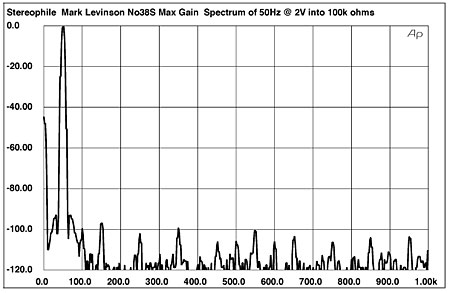Where does the majority come down on the virtues of balanced v. unbalanced amplification and cabling? I have a pair of Nestorovic NA-1's that have an old school balanced input. No Neutrik connectors just 2 "live" rca inputs and one ground rca per side. To use balanced would require a special cable with either a floating ground or one connected to the amplifier chassis, I think. But, the amp was clearly designed with balanced in mind. Although, in 1981, Neutrik was pretty much studio only gear. Only a couple of pre-amps had two rca outputs per side in inverse and regular phase so the real life application was probably not balanced for most people.
Anyway, I am interested in a very high end line stage that has no balanced output. I asked the manufacturer why not and he advised that balanced has the effect of canceling out even order distortion but leaving the odd order harmonics. More gain of course, but a thinner, less bloomy sound. This is, I am told, the result of electrical theory well beyond my pay grade. For that reason, he opted for single ended only.
Is there any consensus on this issue? Is balanced properly left to long microphone runs with single ended the right choice for home stereo?
Anyway, I am interested in a very high end line stage that has no balanced output. I asked the manufacturer why not and he advised that balanced has the effect of canceling out even order distortion but leaving the odd order harmonics. More gain of course, but a thinner, less bloomy sound. This is, I am told, the result of electrical theory well beyond my pay grade. For that reason, he opted for single ended only.
Is there any consensus on this issue? Is balanced properly left to long microphone runs with single ended the right choice for home stereo?



















